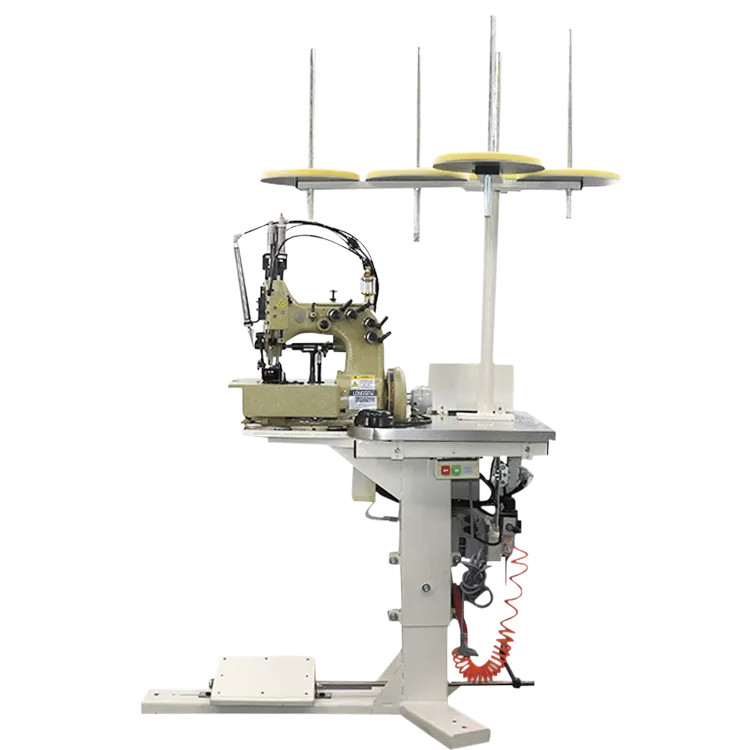sewing vinyl upholstery
Sewing Vinyl Upholstery A Comprehensive Guide
Sewing vinyl upholstery is a practical and rewarding skill that can elevate your home décor while providing durable, easy-to-clean surfaces. Whether you want to recover furniture, create custom seat covers, or embark on crafting bags and accessories, understanding the nuances of sewing with vinyl will ensure professional-looking results. This article will guide you through the key aspects of sewing vinyl upholstery, from selecting the right materials to mastering essential techniques.
Understanding Vinyl
Vinyl is a synthetic material, often made from polyvinyl chloride (PVC). It is available in various textures, colors, and thicknesses, making it a versatile choice for upholstery projects. Its water-resistant properties and ease of maintenance make vinyl an ideal option for high-use areas, like living rooms and outdoor spaces. Additionally, vinyl is an excellent alternative for those who prefer animal-friendly materials.
Choosing the Right Vinyl
When selecting vinyl for your upholstery project, consider the following factors
1. Thickness Heavyweight vinyl is typically more durable and suitable for upholstery, while lighter vinyl may be better for decorative applications and items that won’t see heavy wear.
2. Texture Vinyl comes in various finishes, including smooth, embossed, or textured. Choose a texture that aligns with the aesthetic you want to achieve and the functional needs of your project.
3. Backing Some vinyls have a backing material, which can add to their durability and comfort. Fabrics like polyester or cotton can provide extra cushioning and stability during sewing.
4. UV Resistance If using vinyl for outdoor projects, ensure it has UV-resistant properties to prevent fading and deterioration from sunlight exposure.
Essential Tools for Sewing Vinyl
To sew vinyl upholstery successfully, you will need a few essential tools
sewing vinyl upholstery

- Sewing Machine A heavy-duty sewing machine is usually recommended for vinyl, as it can handle the thickness and density of the material. Ensure that your machine has a walking foot or roller foot, which helps to move the vinyl smoothly through the machine.
- Needles Use a needle specifically designed for heavy fabrics, such as a leather or denim needle. These needles have a sharp point suited for piercing the vinyl without causing damage.
- Thread Polyester thread is preferred for sewing vinyl, as it offers durability and strength. Avoid using cotton thread, as it may not withstand the rigors of wear and tear.
- Foot Control A foot pedal gives you better control over your sewing speed, which is essential when working with slippery materials like vinyl.
Techniques for Sewing Vinyl Upholstery
- Preparation Before starting your project, prewash any fabric or materials that will accompany the vinyl. For vinyl, clean the surface with a damp cloth to remove any dust or debris.
- Cutting Use a rotary cutter and a cutting mat to ensure clean, straight edges. Vinyl can be slippery, so consider using weights to hold it in place while cutting. Avoid pinning directly through vinyl as it can leave holes; use clips or double-sided tape instead.
- Sewing When sewing, go slowly and steadily to avoid slipping or bunching. Start with straight seams before advancing to curves or complex shapes. To prevent the vinyl from sticking to the machine bed, use a Teflon foot or a piece of tissue paper underneath the vinyl while sewing.
- Finishing Edges After sewing, you may want to finish the edges to prevent fraying. Heat sealing is a technique often used with vinyl to fuse the edges without additional bulk.
Conclusion
Sewing vinyl upholstery may seem challenging at first, but with the right tools, materials, and techniques, you can create beautiful and durable items that enhance your living spaces. Whether you’re reupholstering a chair, crafting custom cushions, or making functional bags, vinyl's versatility makes it a fantastic choice. With practice and patience, your sewing skills will improve, and you'll be well on your way to producing professional-quality upholstery projects that stand the test of time. Happy sewing!
-
Boost Production Efficiency with a Pattern Sewing MachineNewsAug.29,2025
-
Industrial Excellence with the Best Heavy Duty Sewing MachineNewsAug.29,2025
-
Precision and Power with the Best Pattern Sewing MachineNewsAug.29,2025
-
Reliable Bulk Packaging Starts With the Right FIBC Sewing MachineNewsAug.29,2025
-
Advanced Packaging Solutions: Elevate Productivity with Jumbo Bag Sewing Machine and Industrial Stitching EquipmentNewsAug.29,2025
-
High-Performance Solutions for Bulk Packaging: FIBC Sewing Machine and MoreNewsAug.29,2025
-
Maximize Efficiency with an Industrial Cylinder Arm Sewing MachineNewsAug.28,2025


























